
Adam’s Peak
It’s variously known as Adam’s Peak (the place where Adam first set foot on earth after being cast out of heaven), Sri Pada (Sacred Footprint, left by the Buddha as he headed towards paradise), or perhaps most poetically as Samanalakande (Butterfly Mountain where butterflies go to die). Legends attribute the huge ‘footprint’ crowning the peak to St Thomas, the early apostle of India, or even Lord Shiva.
The pilgrimage season begins on poya day in December and runs until the Vesak festival in May. In season, pilgrims and tourists alike make the climb up the countless steps to the top. At other times, the summit’s temple can be unused, and is often obscured by clouds
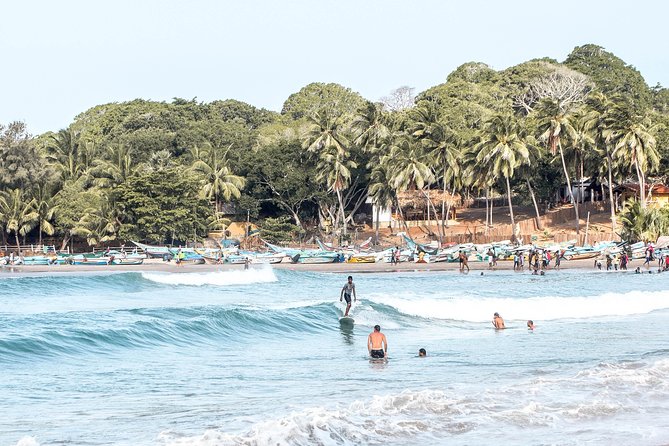
Arugam Bay
Lovely Arugam Bay, a moon-shaped curl of soft sand, is home to a famed point break that many regard as the best surf spot in the country. It’s a tiny place, with a population of a few hundred, and everything is dotted along a single road which parallels the coast. So in other words, the epitome of the laid-back beach scene that first drew surfers and sun-seekers to Sri Lanka.
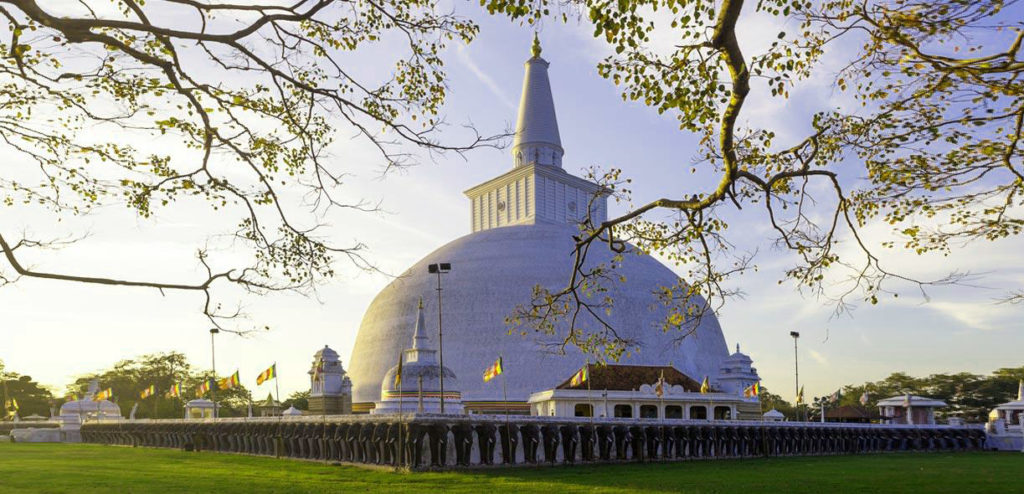
Anuradhapura
The ruins of Anuradhapura are one of South Asia’s most evocative sights. The sprawling complex contains a rich collection of archaeological and architectural wonders: enormous dagobas (brick stupas), ancient pools and crumbling temples, built during Anuradhapura’s thousand years of rule over Sri Lanka. Today, several of the sites remain in use as holy places and temples; frequent ceremonies give Anuradhapura a vibrancy that’s a sharp contrast to the museum-like ambience at Polonnaruwa.

Bentota
Bentota is famed as the prime beach resort of the south-western and southern coastal belts of Sri Lanka. South of the city of Colombo, the city of Kalutara with its fine beach is the gateway to south western and southern bay beaches. Kalutara is the next popular beach after Bentota. The Beruwala Bay Beach that is found just before reaching Aluthgama at the Bentota Bridge and Bentota Bay Beach just over the bridge are the most popular twin beaches along the coast. The coast towards the further South too is replete with lovely topical beaches making it ideal for a perfect beach holiday with the sun and sand.
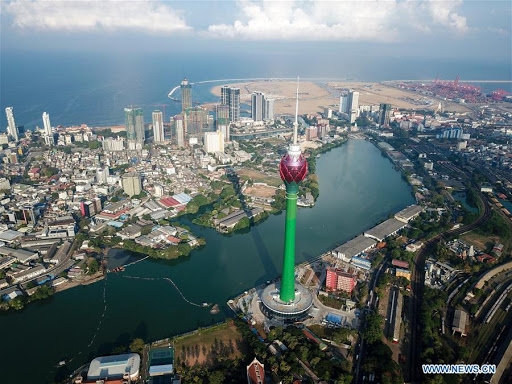
Colombo
Colombo, the capital of Sri Lanka, has a long history as a port on ancient east-west trade routes, ruled successively by the Portuguese, Dutch and British. That heritage is reflected in its its architecture, mixing colonial buildings with high-rises and shopping malls. The imposing Colombo National Museum, dedicated to Sri Lankan history, borders sprawling Viharamahadevi Park.

Dambulla
Dambulla’s famed rock cave temple is an iconic Sri Lankan image you’ll be familiar with its spectacular Buddha-filled interior long before you arrive in town. Despite its slightly commercial air, this remains an important holy place and should not be missed.
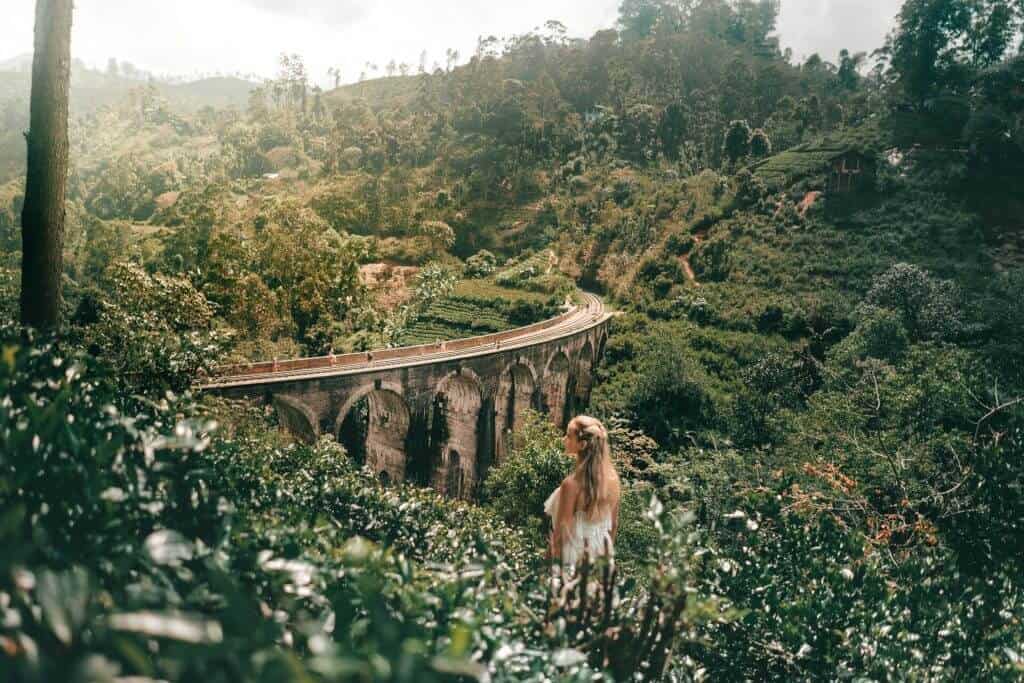
Ella
Welcome to everyone’s favourite hill-country village, and the place to ease off the travel accelerator with a few leisurely days resting in your choice of some of the country’s best guesthouses. The views through Ella Gap are stunning, and on a clear night you can even spy the subtle glow of the Great Basses lighthouse on Sri Lanka’s south coast. Don’t be too laid-back though; definitely make time for easygoing walks through tea plantations to temples, waterfalls and viewpoints. After building up a hiking-inspired appetite, look forward to Sri Lanka’s best home-cooked food and a reviving Tea.
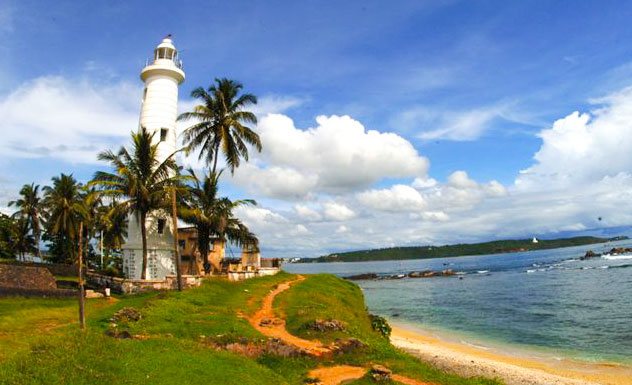
Galle
Galle is a jewel. A Unesco World Heritage Site, this historic city is a delight to explore on foot, an endlessly exotic old trading port blessed with imposing Dutch-colonial buildings, ancient mosques and churches, grand mansions and museums. Wandering its rambling lanes you’ll pass stylish cafes, quirky boutiques and impeccably restored hotels owned by local and foreign artists, writers, photographers and designers.
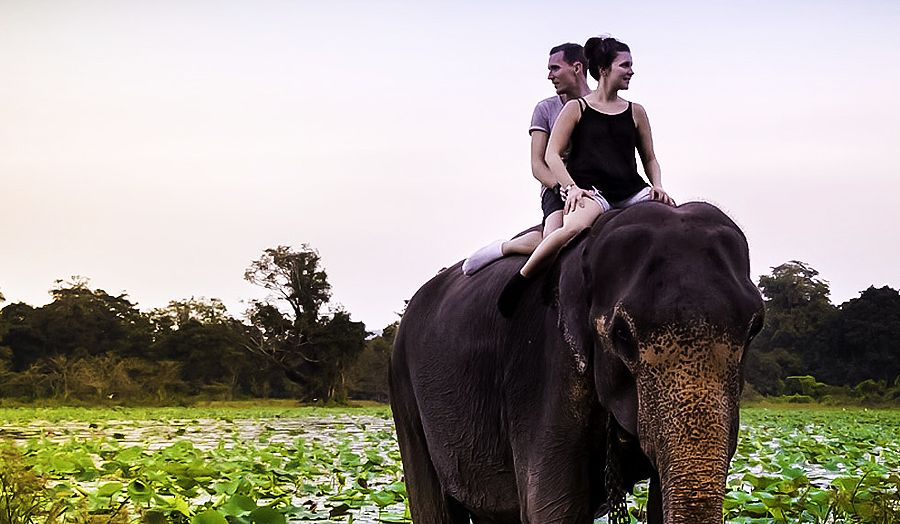
Habarana
Habarana is a popular tourist destination for safari lovers as it is the starting point for safaris in the nearby Habarana jungle and he Minneriya sanctuary which is heavily populated by elephants.Elephant back riding is also an attraction in this small city. Habarana is situated nearby to the ancient rock fortress and castle/palace ruin of Sigiriya and is situated on the main road from Colombo to Trincomalee, Polonnaruwa and Batticaloa. The population of the city is expected to be in the area of 5000-10,000.
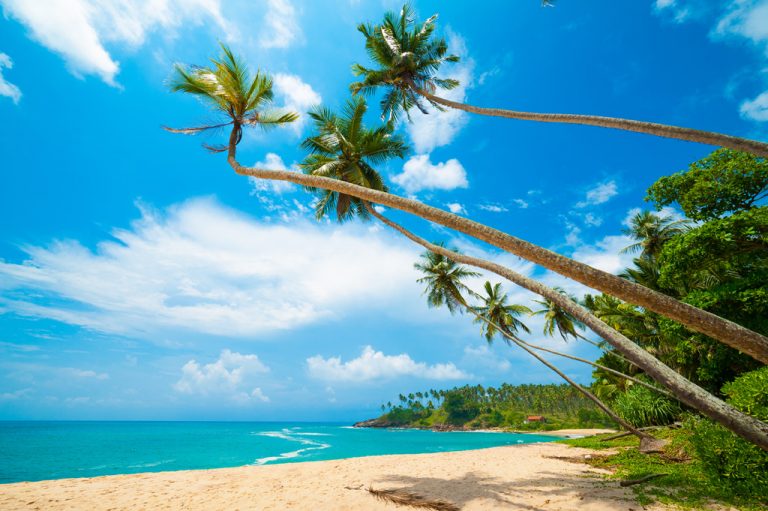
Hikkaduwa
Hikkaduwa has been a firm fixture on the Sri Lankan tourist map since the 1970s, and this long exposure to tourism has left it a little worse for wear. A kilometre-long strip of guesthouses, shops and restaurants lines the beach, which is quite badly eroded in its northern stretch. The busy Colombo–Galle Rd, with its crazy high-speed bus drivers, runs right through the middle of Hikkaduwa, which can make stepping outside of your guesthouse as deadly as a game of Russian roulette.

Horton Plains National Park
Horton Plains is a beautiful, stark world with excellent hikes in the shadows of Sri Lanka’s second- and third-highest mountains, Kirigalpotta (2395m) and Totapola (2357m). The ‘plains’ form an undulating plateau over 2000m high, covered by wild grasslands and interspersed with patches of thick forest, rocky outcrops, filigree waterfalls and misty lakes. The surprising diversity of the landscape is matched by the wide variety of wildlife, although many of the larger animals are very elusive. Birdwatchers will be well rewarded. The plateau comes to a sudden end at World’s End, a stunning escarpment that plunges 880m.
Entrance fees for foreigners are now extremely steep. Get here for a 6am start when the paths are not too crowded with hikers.
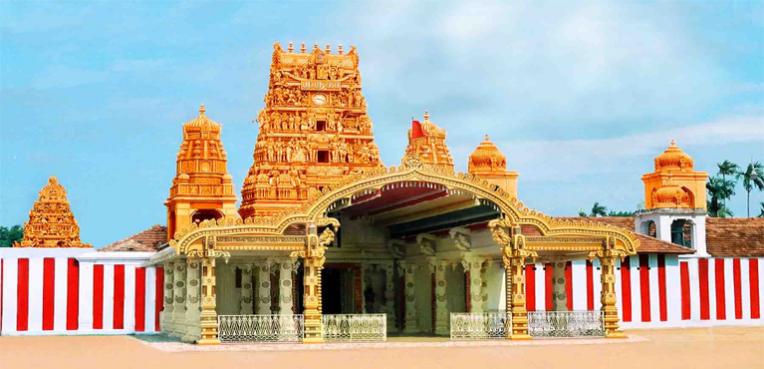
Jaffna
Inescapably, decades of war, emigration, embargoes and loss of life and property deeply affected this historic town, but the city is surprisingly green and leafy, with attractive palm-shaded colonial-era suburbs and beautiful temples and churches. Physically, new projects and upgraded transport connections show that Jaffna’s days of isolation are long past.
Ancient sights both in the centre of town and on the outskirts make for compelling attractions. And while there is enough to do after dark to create a nascent buzz, it’s still mellow enough that you won’t get run over while walking. he city is an ideal base for forays to the idyllic islands just to the west and trips along the coastline and lagoons of the surrounding peninsula.
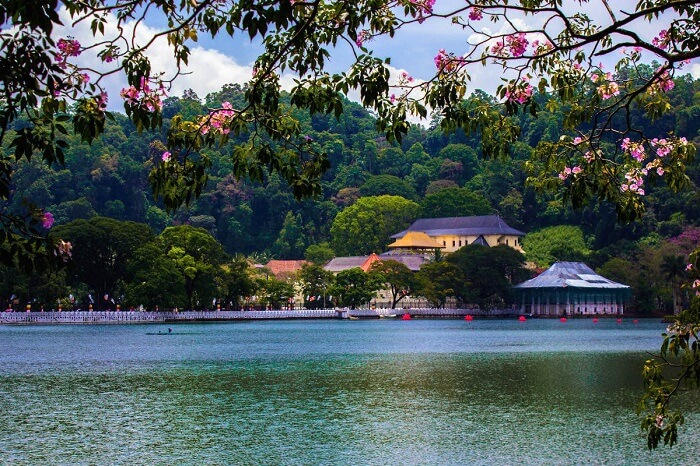
Kandy
Kandy is a large city in central Sri Lanka. It’s set on a plateau surrounded by mountains, which are home to tea plantations and biodiverse rainforest. The city’s heart is scenic Kandy Lake (Bogambara Lake), which is popular for strolling. Kandy is famed for sacred Buddhist sites, including the Temple of the Tooth (Sri Dalada Maligawa) shrine, celebrated with the grand Esala Perahera annual procession.
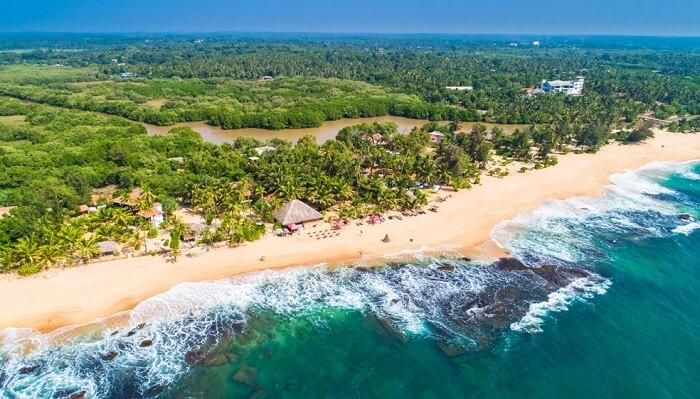
Kalutara
Kalutara or Kalutota is a major city in Kalutara District, Western Province, Sri Lanka. It is also the administrative capital of Kalutara District. It is located approximately 40 km south of the capital Colombo. The area is well known to produce the Mangosteens, a fruit introduced from Malaysia in 19th century.
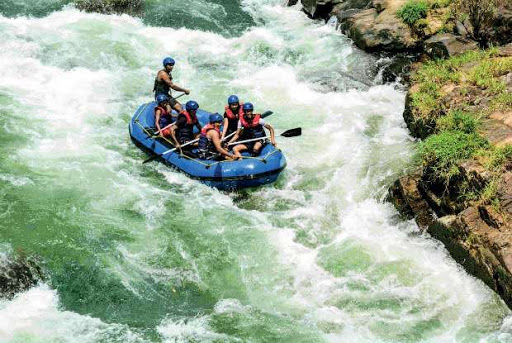
Kithulgala
Kitulgala is a small town in the west of Sri Lanka. It is in the wet zone rain forest, which gets two monsoons each year, and is one of the wettest places in the country. Nevertheless, it comes alive in the first three months of the year, especially in February, the driest month.
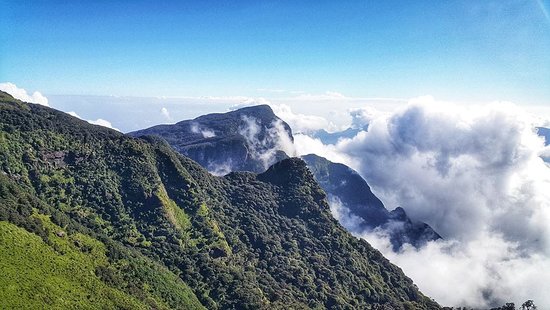
Knuckles Range
Sri Lanka’s central mountains have recently been included as one of Unesco’s World Heritage Sites, and the craggy, biodiverse Knuckles Range forms a key part of that recognition. This massif is home to pockets of rare montane and cloud forest, and offers fine hiking and birdwatching possibilities. The name ‘Knuckles’ derives from the mountains’ profile, which looks like a closed fist. This rugged highland region remains relatively unknown to foreign visitors and is one of the best areas in the Hill Country to get off the beaten tourist path.
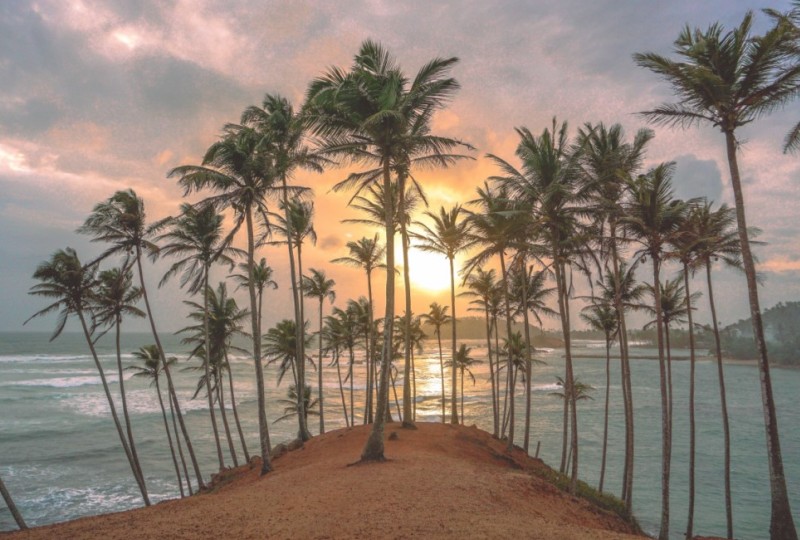
Mirissa
Paradise is compromised slightly by an erosion problem on the east side of Mirissa, which is partly due to a government-built breakwater and partly due to sand-encroaching construction.In recent years Mirissa has developed a reputation as a party destination for young travellers, and in high season DJs spin pumping tunes till late several nights a week. If you’re looking for solitude and zen-like calm, t his may not be the beach for you.
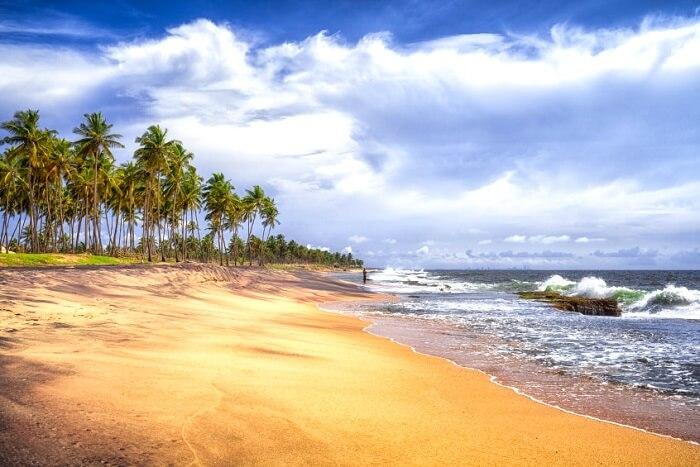
Negombo
The Dutch captured the town from the Portuguese in 1640, lost it, and then captured it again in 1644. The British then took it from them in 1796 without a struggle. Negombo was one of the most important sources of cinnamon during the Dutch era, and there are still reminders of the European days.The busy centre of Negombo town lies to the west of the bus and train stations. Most places to stay, however, line the main road that heads north from the town centre, with the beachside hotel strip starting about 2km north of town.
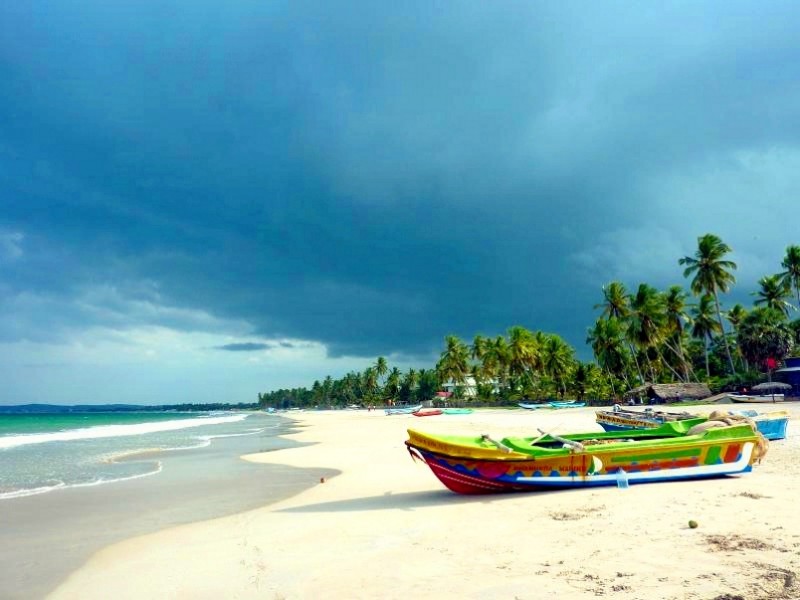
Nilaveli
Nilaveli, the furthest north of the Trinco region’s two beach resort areas, is more intimate than Uppuveli. Hotels are scattered up and down little lanes off the coast highway (B424) – it’s around six kilometres from one end of the village to the other. If you’re looking for some serious beach time, then Nilaveli could be just the ticket, for the sands are golden and the ocean inviting. Offshore, Pigeon Island offers fabled diving and snorkelling.
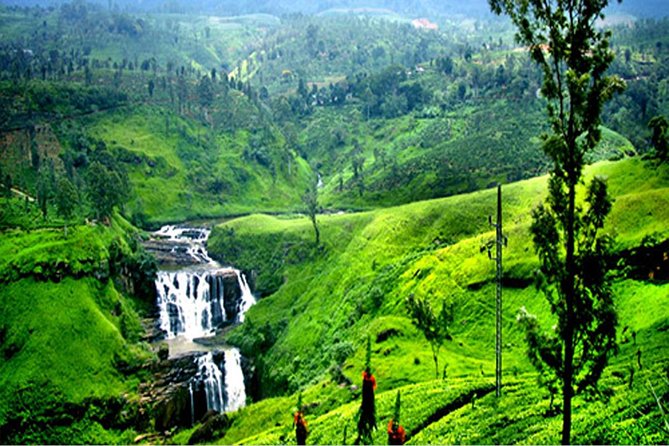
Nuwara Eliya
A recent construction boom has blighted the scene to a degree, and the dusty and bustling centre is a thoroughly Sri Lankan urban tangle, but Nuwara Eliya still makes a fine base for a few days’ relaxation. The verdant surrounding countryside of tea plantations, carefully tended vegetable plots and craggy hills is highly scenic. Treat yourself to a night in one of Nuwara Eliya’s colonial hotels, play a round of golf or a few frames of billiards, and soak up the town’s unique bygone heritage.
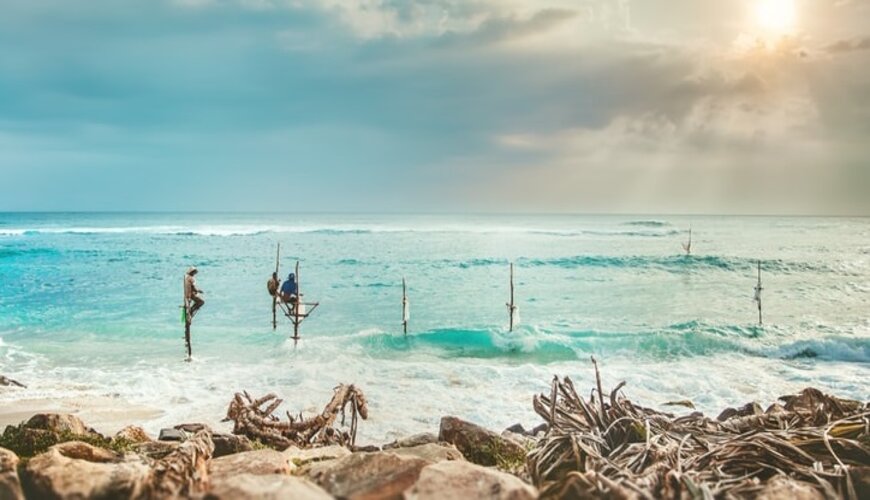
Passikudah Beach
With the resorts stretching into the distance, Passekudah’s extremely shallow water heats up to bathtub temperatures on sunny days (you’ll have to wade out some distance for a good swim). There’s also lots of sharp coral mixed in with the sand, so take care if barefoot. On weekends, the public beach at the south end draws busloads of locals ready to buy sugary treats and have a frolicsome day out.
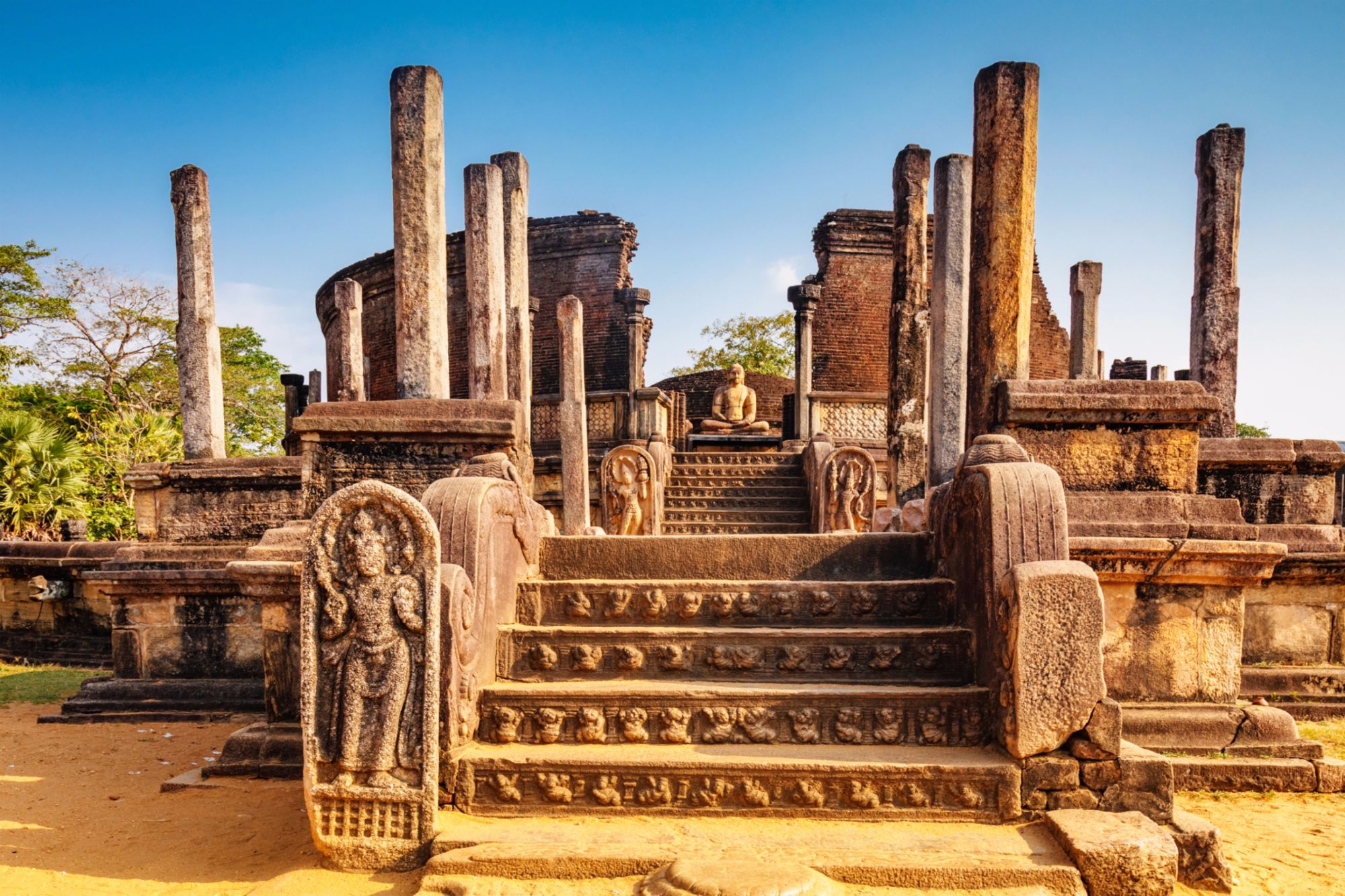
Polonnaruwa
For three centuries Polonnaruwa was a royal capital of both the Chola and Sinhalese kingdoms. Today’s archaeological park is a delight to explore, with hundreds of ancient structures – tombs and temples, statues and stupas – in a sprawling forested core. Although nearly 1000 years old, it’s much younger than Anuradhapura and generally in better repair. You can see the site in a day, and the highlights in half a day.
That Polonnaruwa is close to elephant-packed national parks only adds to its popularity. And with good accommodation and plenty of bikes for hire, the town itself makes a pleasant base for a day or two, fringed by a huge, beautiful tank with a relaxed ambience.Nearby Kaduruwela, 4km east of Polonnaruwa, has the lion’s share of banks, shops and other facilities.
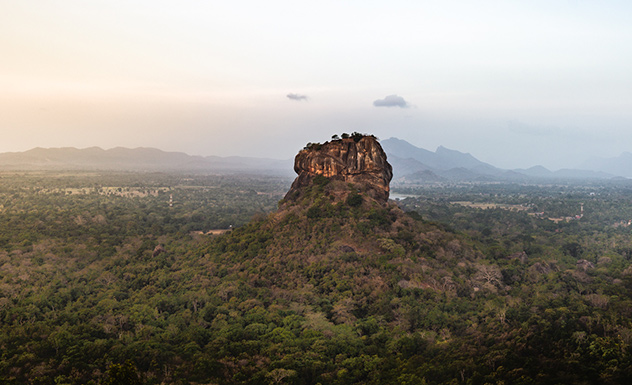
Sigiriya
Sigiriya refuses to reveal its secrets easily, and you’ll have to climb a series of vertiginous staircases attached to sheer walls to reach the top. On the way you’ll pass a series of quite remarkable frescoes and a pair of colossal lion’s paws carved into the bedrock. The surrounding landscape – lily-pad-covered moats, water gardens and cave shrines – only add to Sigiriya’s rock-star appeal.
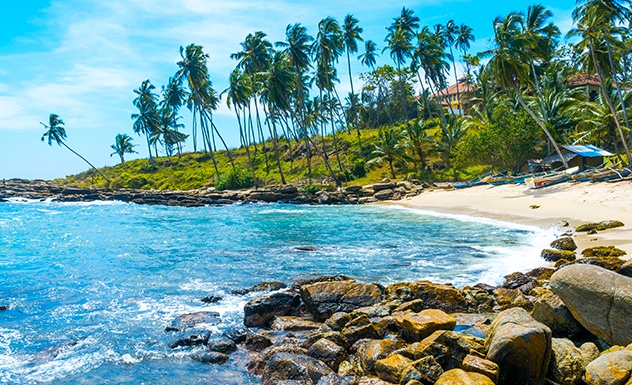
Tangalle
Tangalla is the gateway to the wide-open spaces and wide-open beaches of southeast Sri Lanka. It’s the last t own of any size before Hambantota and has some old-world charm. But you’re really here to find your perfect beach, and there are several nearby.
